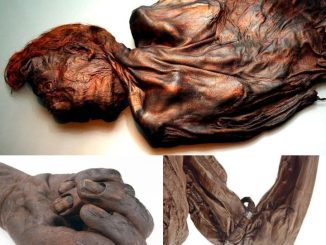A Portal Through History
Nestled in the heart of Rome, the Pantheon stands as a testament to the architectural prowess and historical depth of the ancient Roman Empire. Among its many wonders, one feature stands out for its longevity and craftsmanship: the bronze doors that have served as the portal to this architectural marvel since approximately 115 AD. Commissioned by Emperor Hadrian during his comprehensive rebuilding of the Pantheon, these doors are not only the oldest still in use in Rome but also a remarkable example of ancient Roman metalwork. This blog post explores the significance of these enduring doors and their role as a gateway through history.
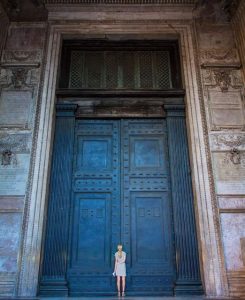
The Craftsmanship of an Empire
The bronze doors of the Pantheon, towering at over 7 meters in height, are a marvel of ancient engineering and artistry. Cast in the early 2nd century, they exhibit the Roman Empire’s advanced metallurgical skills and aesthetic sensibilities. The sheer size of the doors, coupled with the intricate details and durability of the bronze, reflects the imperial ambitions and the technological advancements of Hadrian’s Rome.
Viewers of the images accompanying this post will note the grandeur of the doors, their imposing presence matched only by the Pantheon’s majestic dome. The doors not only served a functional purpose but also symbolized the divine and the eternal, offering visitors a tangible connection to the gods worshiped within.
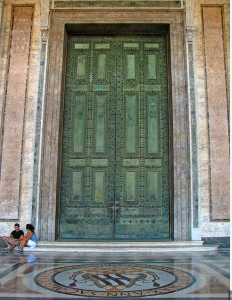
A Testament to Time
The survival of the Pantheon’s bronze doors through nearly two millennia is a testament to the lasting legacy of Roman architecture and craftsmanship. Despite the vicissitudes of history, these doors have withstood the test of time, from the fall of the Roman Empire and the medieval era to the modern day. Their continued use today not only connects us to the ancient past but also underscores the Pantheon’s ongoing role as a site of worship, now a Christian church known as Santa Maria ad Martyres.
The photographs of the doors highlight their time-worn patina, a physical reminder of the countless generations that have passed through them. Each mark and imperfection tells a story of resilience and endurance, embodying the spirit of Rome itself.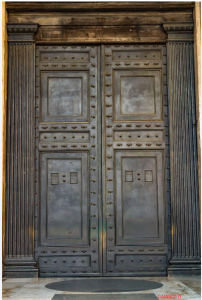
Preserving the Legacy of Ancient Rome
The preservation of the Pantheon and its bronze doors is of paramount importance, not only for historical and archaeological reasons but also for cultural and educational purposes. These ancient doors serve as a direct link to our past, offering insights into Roman society, religion, and technological achievements. By maintaining and studying them, we honor the legacy of the ancient world and ensure that future generations can continue to learn from and be inspired by these timeless artifacts.
As we reflect on the significance of the Pantheon’s doors, we are reminded of the importance of preserving our global heritage. They stand as a symbol of human ingenuity and the desire to connect with something greater than ourselves, transcending time and space to touch the divine.
In conclusion, the bronze doors of the Pantheon are more than just an architectural feature; they are a historical treasure that continues to inspire awe and wonder. Cast for Emperor Hadrian’s rebuilding of the Pantheon around 115 AD, they remind us of the enduring legacy of the Roman Empire and the timeless appeal of its art and architecture. As the oldest doors still in use in Rome, they invite us to step through a portal to the past, experiencing the rich tapestry of human history that the Eternal City embodies.
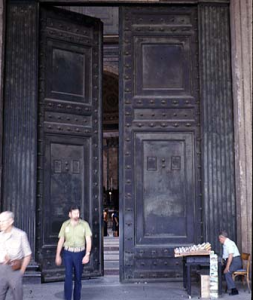
As we continue to explore and appreciate the rich tapestry of ancient discoveries, let us remember the doors of the Pantheon as a testament to the enduring human spirit, capable of creating works that resonate through the ages. In the ever-evolving narrative of history, such artifacts serve as both anchor and inspiration, guiding us toward a deeper understanding of our shared heritage and the infinite potential for future generations to build upon it.

